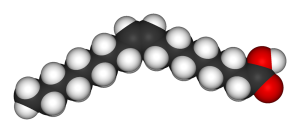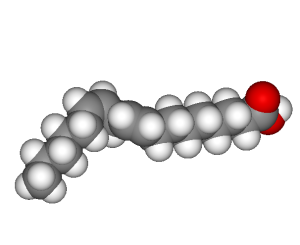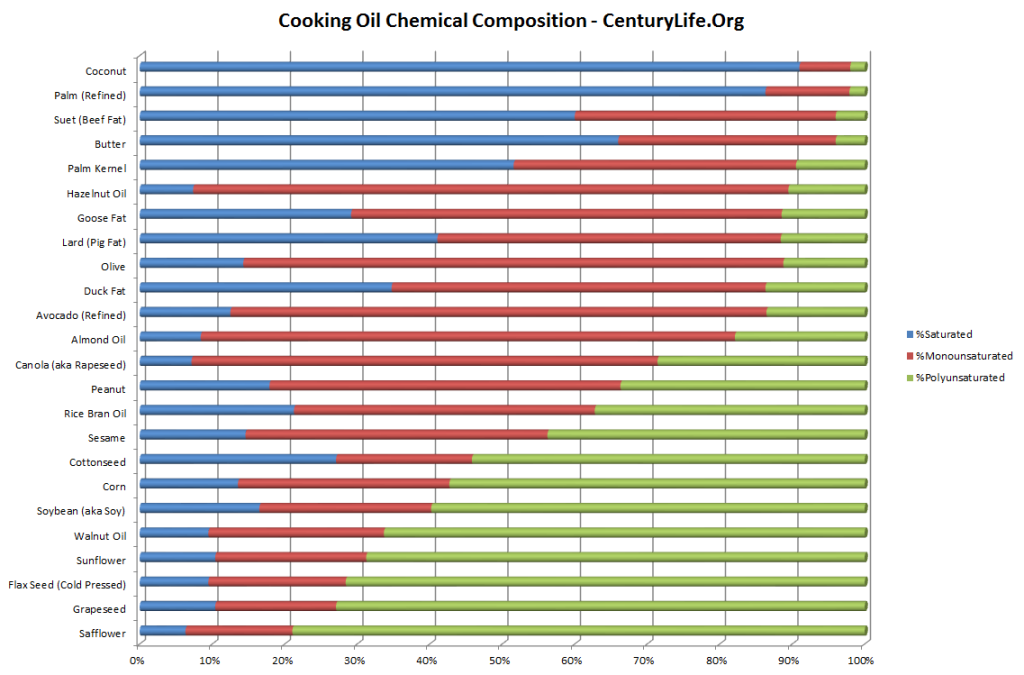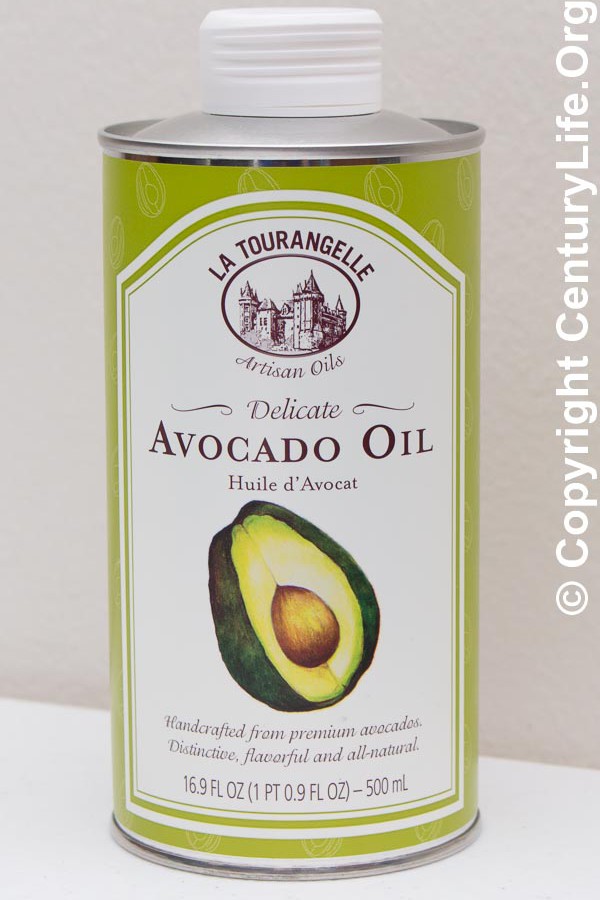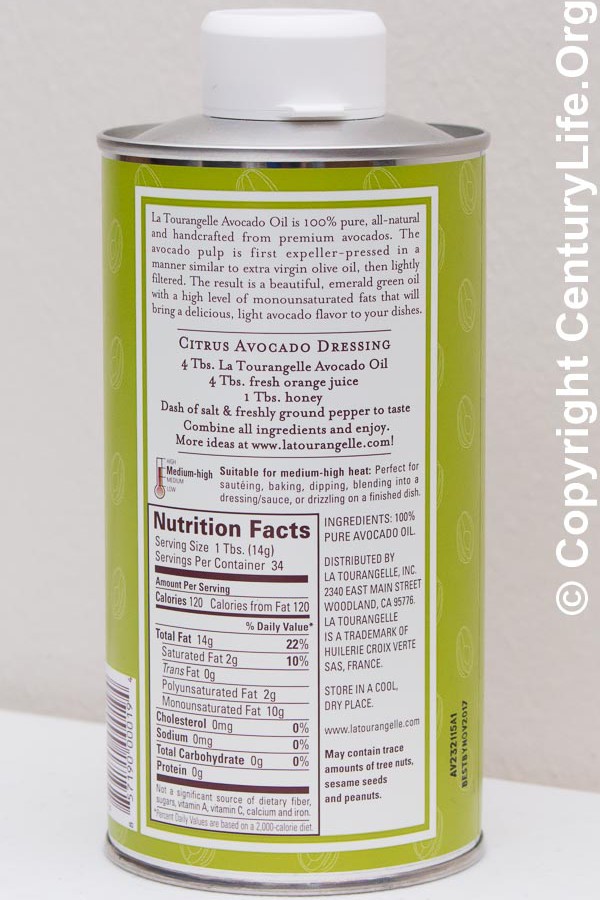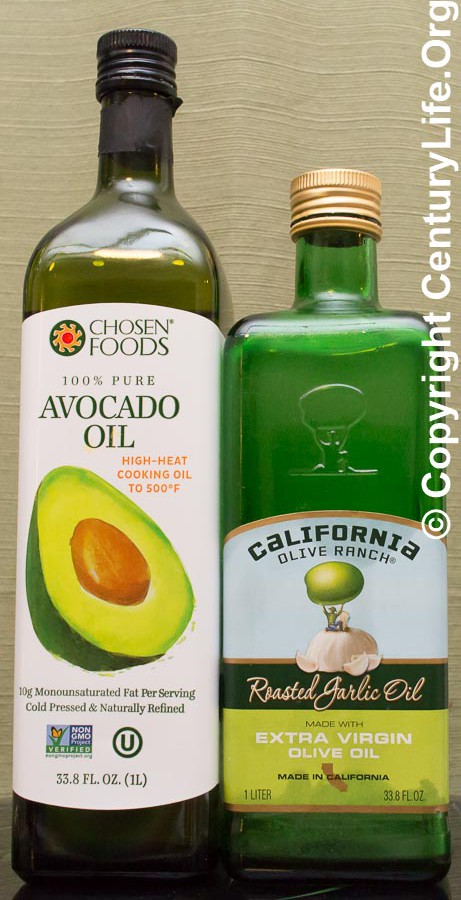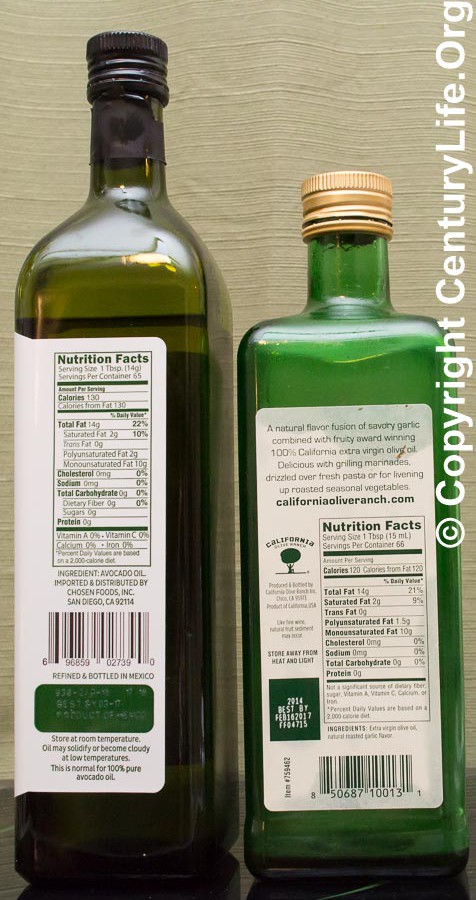Confused about which cooking oil is best to use? You’re not alone!
If you just want the short answer, scroll down. Else keep reading.
Manufacturers will claim all sorts of things, but when you get right down to it, all cooking oils may be categorized as polyunsaturated (PUFA), monounsaturated (MUFA), and saturated fatty acids (SFA). You can think of a fatty acid as a snake:
- The head of the snake is a carboxyl group consisting of carbon, hydrogen, and oxygen atoms.
- The rest of the snake is consists of a long chain of carbon atoms bonded to each other; this is like the backbone of the snake. Hydrogen atoms are bonded to the carbon chain. Most carbon-to-carbon bonds are single-bonds (share two bonding electrons), but sometimes carbon double-bonds to another carbon (share four bonding electrons). When carbon double-bonds to itself in a fatty acid, it creates a kink in the backbone, so that snake is no longer perfectly straight.
Saturated Fatty Acids (SFAs) are straight and fully saturated–meaning, each carbon atom in the backone is bonded with as many hydrogen atoms as possible. Saturated fats examples include animal fats, butter, coconut oil, etc. They tend to be solids at room temperature because there are no kinks, so they can stack flat on top of each other like bricks.1
Monounsaturated Fatty Acids (MUFAs) are like SFAs but have one double-bonded carbon pair, which produces a kink in the snake’s backbone and also means that one less hydrogen atom can bond with the snake’s backbone. That’s why they are called “unsaturated.” MUFAs tolerate light and heat worse than SFAs but better than PUFAs, and they tend to be liquids at room temperature because those kinks prevent them from stacking on top of each other as neatly as SFAs. You can find MUFAs in olive and avocado oil, cashews, and meats and milks.
Polyunsaturated Fatty Acids (PUFAs) have more than one double bonded carbon pair, and thus more than one kink. PUFAs tend to turn spoil (i.e., break down and turn rancid) easily when exposed to light and heat.
- A subset of PUFAs are omega-3 fatty acids, which are essential for human biology. There are three kinds of omega-3 fatty acids relevant to humans: alpha linoleic acid (ALA), eicosapentaenoic acid (EPA), and docosahexaenoic acid (DHA). ALA is short chain, while EPA and DHA are longer-chain omega-3 fatty acids. Your body can take ALA and convert it to EPA and DHA, but very inefficiently. Thus it’s best to consume EPA and DHA directly, via fish oil supplements, rather than relying on ALA supplements such as flax oil.
- Another PUFA subcategory is omega-6 fatty acids, which are also essential for human biology but which are extremely abundant–it would be silly to take omega-6 supplements because you are bound to get a ton of it from your diet anyway.
Trans Fats should be avoided, and you will rarely find them sold as cooking oil directly to consumers anyway. The difference between trans fats and natural PUFA/MUFA is that the hydrocarbon chain in trans fat molecules is reversed, resulting in a straighter molecule without the strong “kink” you normally find in PUFA/MUFAs.
Trans fats are unavoidable in nature; you will find a small amount of trans fats in various oils, meats, etc. But more often they are the result of industrial processing (partial hydrogenation) and used to make margarine and processed snack foods. Trans fats are also cheap and have long shelf lives, so they are popular with food companies. Sounds good so far, right?
The problem is that trans fats harden arteries, which leads to heart disease. Some small amount of trans fats are unavoidable, but the real problem is all the industrially-produced trans fats floating around in our food supply. The problem got so bad that the incredibly slothful U.S. Food and Drug Administration (FDA) removed partially hydrogenated oils from its list of Generally Recognized as Safe chemicals in 2013 and is phasing in a complete ban starting in 2015. (However, food companies can petition for exemptions, and we’ll see if the FDA can meet its goal of eliminating industrially-produced trans fats by 2018.)
The bottom line is that while some trans fats are unavoidable, you should try to eating anything with industrially-produced trans fats. You can tell if a product has trans fats by reading its nutrition label. A product with trans fats will have “partially hydrogenated vegetable oil” as an ingredient or else list a number greater than zero next to “trans fats.”
So which cooking oil is best to use?
The long answer:
Avoid PUFAs. They are safe at room temperature, so feel free to keep drizzling flaxseed oil oil over your salads. But PUFAs break down really easily at high temperatures, and at about 350F they start to oxidize and form aldehydes and lipid peroxides, which can increase heart disease and cancer rates if inhaled or consumed even in small amounts (as shown in a recent study at Leicester School of Pharmacy at De Montfort University (UK)).2 This is regardless of whether the PUFA has been refined to have a higher smoke point; those toxins are forming before you can see or smell them. So avoid cooking with PUFAs above 350F.
Obviously we don’t want to cook with trans fats, either.
So that leaves SFAs and MUFAs.
There is a lot of debate over how unhealthy SFAs are. For instance, the Mayo Clinic hates on SFAs because of studies of varying quality that imply that SFAs cause heart disease; that’s the conventional wisdom (don’t eat red meat, avoid cholesterol and saturated fats, etc.). But there are other studies that have found that saturated fats do not cause heart disease. There are dozens of studies that conflict, which means that both camps (die-hard vegans and die-hard meat eaters/low-carb fans) have plenty of “evidence” to support their respective positions. Here’s the bottom line:
- If you don’t mind the possible heart disease risk of eating SFAs, feel free to cook with any high-SFA cooking oil or fat on the list below. (Note that butter has a low smoke point because it has milkfats and other impurities.)
- If you want to avoid the SFA controversy, then cook with MUFAs with high smoke points. MUFAs are a middle-ground between SFAs and PUFAs: more stable at high temperatures but aren’t accused of causing heart disease, either.
I’ve taken raw data from the U.S. Department of Agriculture about cooking oils and complied it into the following table and chart to help you decide what oil is right for you. Ideally, you want a combination of high smoke point and low PUFA (polyunsaturated fat) percentage:
| Oil/Fat Name | Smoke Point (F) | %Saturated | %Monounsaturated | %Polyunsaturated | flavor |
|---|---|---|---|---|---|
| Safflower | 510 | 6 | 14 | 75 | neutral |
| Avocado (Refined) | 500 | 12 | 71 | 13 | neutral |
| Rice Bran Oil | 490 | 20 | 39 | 35 | neutral |
| Soybean (aka Soy) | 460 | 16 | 23 | 58 | neutral |
| Corn | 450 | 13 | 28 | 55 | neutral |
| Palm Kernel | 450 | 49 | 37 | 9 | flavorful |
| Palm (Refined) | 450 | 82 | 11 | 2 | neutral |
| Sunflower | 440 | 10 | 20 | 66 | neutral |
| Peanut | 440 | 17 | 46 | 32 | neutral |
| Hazelnut Oil | 430 | 7 | 78 | 10 | flavorful |
| Grapeseed | 420 | 10 | 16 | 70 | neutral |
| Cottonseed | 420 | 26 | 18 | 52 | neutral |
| Almond Oil | 420 | 8 | 70 | 17 | neutral |
| Sesame | 410 | 14 | 40 | 42 | flavorful |
| Canola (aka Rapeseed) | 400 | 7 | 63 | 28 | neutral |
| Suet (Beef Fat) | 400 | 60 | 36 | 4 | flavorful |
| Duck Fat | 375 | 33 | 49 | 13 | flavorful |
| Olive | 375 | 14 | 73 | 11 | flavorful |
| Lard (Pig Fat) | 375 | 39 | 45 | 11 | flavorful |
| Goose Fat | 375 | 28 | 57 | 11 | flavorful |
| Coconut | 350 | 91 | 7 | 2 | flavorful |
| Walnut Oil | 320 | 9 | 23 | 63 | mild |
| Butter | 300 | 66 | 30 | 4 | flavorful |
| Flax Seed (Cold Pressed) | 225 | 9 | 18 | 68 | flavorful |
The short answer:
MUFAs with high smoke points are best.
- Ideally, go with avocado oil (which is what we mostly use for high-temperature cooking). Avocado oil has a high smoke point (500F), so it won’t break down as fast as PUFAs and emit carcinogenic gas into your kitchen unless you’re already burning dinner. And avocado oil is also neutral in flavor. Since most people use only a little bit of oil per day, switching to avocado oil probably won’t cost more than $20 or $30 per year (depending on how often you cook).
- Coconut oil impurities give it a lower smoke point than avocado oil (350F instead of 500F). But it’s a great choice if you don’t fry at higher than 350F and don’t mind how it’s solid at room temperature (use a spoon or the corner of an unused spatula to scoop some out). It also imparts a mildly coconutty flavor to food if used in large quantities.
- Extra Virgin Olive Oil (EVOO) has a lower smoke point (about 375F for extra virgin olive oil), so it’s not good for searing temperatures, but is fine for lower-temperature frying. EVOO is widely available, at a lower price than avocado oil. Refined olive oil has had impurities stripped out and can have a higher smoke point than EVOO, if you want something that bridges the gap between EVOO and avocado oil in terms of smoke point. The taste of olive oil mostly disappears during cooking. We keep some extra virgin olive oil around for salads and lower-temperature cooking.
- A somewhat less healthy–but lower-cost–choice is canola oil, which has a higher percentage of PUFAs compared to olive and avocado oil. But to put things into perspective, depending on how much you cook, the price difference between avocado oil and canola oil might only add up to $10-20/year ($30-40/year if you cook often for a large family). If you do get canola oil, try to get oil that explicitly says it hasn’t been chemically processed with solvents (like many vegetable oils are). If the label says it’s only been expeller-pressed (which means mechanically processed), it should be okay. A little heat and pressure isn’t the same as using carcinogenic chemical solvents.
- Avoid blended oils with low-quality oils mixed in, because the smoke point of such blended oils it that of lowest oil. In other words if you try to mix 300F smokepoint oil with 500F smokepoint oil, you don’t get oil with a 400F smokepoint. You get an oil with a 300F smokepoint.
Be careful which brands of cooking oil you buy. There’s a lot of food fraud out there, including olive oil that has been diluted with other oil or doesn’t meet spec in some other way.
- I can personally vouch for Chosen Foods Avocado Oil
and La Tourangelle Avocado Oil
as good-quality, and since they are both avocado oil bestsellers
so, you know you’re getting fresh product with all the inventory continuously going in and out of the warehouse. (Chosen Foods avocado oil uses glass instead of an opaque container, so store it somewhere dark. Oil tends to spoil when exposed to heat and light.) Kevala also gets good reviews and sells in gallon-sized containers if you use a lot of oil, but I have not personally used it and can’t vouch for it.
- As for olive oil, among the olive-oil bestsellers
on Amazon is only one brand that the University of California at Davis verified to be 100% extra-virgin olive oil: California Olive Ranch Extra Virgin Olive Oil
.
- As for coconut oil, Viva Labs organic coconut oil is high-quality and the coconut oil bestseller
. I can personally vouch for Spectrum and Kelapo as good brands I’ve used, too.
If you live near a grocer that turns over its cooking oil inventory quickly, buy it there. But be careful–many stores don’t move inventory that quickly, especially for higher-end oils, and I’ve even found expired olive oil in stores before. When buying online, I recommend sticking to bestsellers like the ones above, as they have higher inventory turnover so you are likely to get fresher oil.

